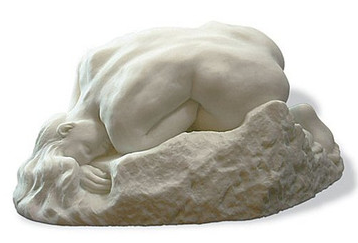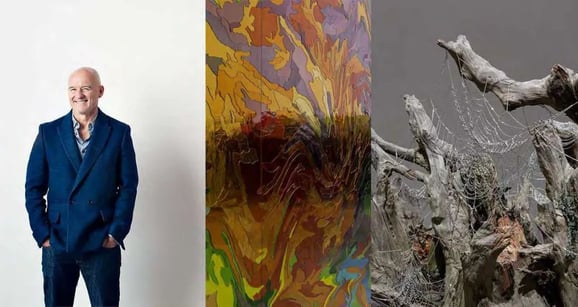The Weight of Emotion: Exploring Rodin’s ‘La Danaïde’
Auguste Rodin’s sculpture “La Danaïde” is an evocative piece that captures the weight of human emotion and struggle. Created during the height of the Symbolist movement in the late 19th century, this work invites viewers to delve into themes of grief, resilience, and the burdens we carry. Understanding “La Danaïde” enhances our appreciation of Rodin’s mastery in conveying deep emotional experiences through art.
The Mythological Backdrop
“La Danaïde” is rooted in Greek mythology, representing one of the fifty daughters of Danaus, known for their tragic story of eternal punishment. The Danaïdes were condemned to fill a bottomless vessel as a punishment for killing their husbands on their wedding night. This myth serves as a poignant metaphor for the human condition—the unending struggles we face and the emotional weight we bear. Rodin’s portrayal of Danaïde captures this turmoil, demonstrating how personal and universal narratives intertwine, inviting viewers to reflect on their own burdens.
The Mastery of Form and Texture
Rodin’s expertise in capturing the human form is on full display in “La Danaïde.” The intricate details of the sculpture showcase the tension in Danaïde’s body and the expression of her sorrow. The play of light and shadow across her body emphasizes the physical and emotional weight she carries, bringing a palpable sense of realism. Rodin’s approach to texture—smooth areas juxtaposed with rough, unfinished surfaces—adds depth to the emotional narrative, inviting viewers to connect with Danaïde’s plight on a visceral level. This mastery makes the sculpture not just a representation of a character, but a profound exploration of human emotion.
Symbolism and Interpretation
Interpretations of “La Danaïde” abound, making the sculpture a rich subject for exploration. Beyond the personal tale of regret and sorrow, it reflects broader themes such as the cyclical nature of suffering and the strength found in vulnerability. Danaïdes can be viewed as a symbol of women’s resilience and the power of endurance through hardship. Moreover, Rodin’s choice to depict her in a state of contemplation invites viewers to consider their own emotional landscapes, the struggles they face, and the redemption that might follow. This engagement deepens our appreciation for Rodin’s work and its relevance to contemporary life.
In conclusion, “La Danaïde” by Auguste Rodin is more than a striking piece of art; it is a profound exploration of the human condition and the emotional burdens we all carry. If you’re intrigued by art that speaks to the heart and soul, take some time to explore more about Rodin’s works and the stories they tell. Your journey through art can reveal fascinating insights into both history and your own emotional experiences.


